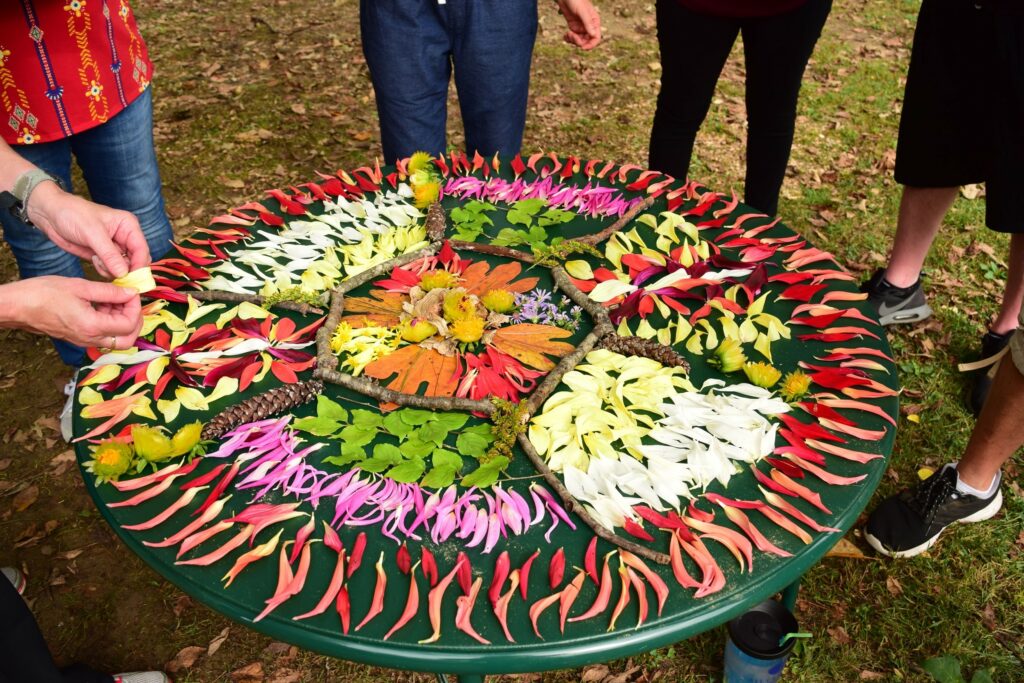Funding
go.ncsu.edu/readext?986719
en Español / em Português
El inglés es el idioma de control de esta página. En la medida en que haya algún conflicto entre la traducción al inglés y la traducción, el inglés prevalece.
Al hacer clic en el enlace de traducción se activa un servicio de traducción gratuito para convertir la página al español. Al igual que con cualquier traducción por Internet, la conversión no es sensible al contexto y puede que no traduzca el texto en su significado original. NC State Extension no garantiza la exactitud del texto traducido. Por favor, tenga en cuenta que algunas aplicaciones y/o servicios pueden no funcionar como se espera cuando se traducen.
Português
Inglês é o idioma de controle desta página. Na medida que haja algum conflito entre o texto original em Inglês e a tradução, o Inglês prevalece.
Ao clicar no link de tradução, um serviço gratuito de tradução será ativado para converter a página para o Português. Como em qualquer tradução pela internet, a conversão não é sensivel ao contexto e pode não ocorrer a tradução para o significado orginal. O serviço de Extensão da Carolina do Norte (NC State Extension) não garante a exatidão do texto traduzido. Por favor, observe que algumas funções ou serviços podem não funcionar como esperado após a tradução.
English
English is the controlling language of this page. To the extent there is any conflict between the English text and the translation, English controls.
Clicking on the translation link activates a free translation service to convert the page to Spanish. As with any Internet translation, the conversion is not context-sensitive and may not translate the text to its original meaning. NC State Extension does not guarantee the accuracy of the translated text. Please note that some applications and/or services may not function as expected when translated.
Collapse ▲Funding Therapeutic Horticulture Programs

Funding is an important consideration when planning a therapeutic horticulture program. Materials, location, staff and marketing all present expenses to facilitators, requiring financial support. There are many options to raise money to support therapeutic horticulture programs: grants, special events, sales, fees, donations, sponsorship, and more. There are also many aspects of the program to promote, including Health, Nutrition, Exercise, Community Development, Education, Science, Art, Job Training, etc. Below are some ideas to get you started.
Learn About Fundraising
Fundraising for Community Gardens by Gary Goosman (PDF), American Community Gardening Association
Funding Sources
Some gardens and programs are able to self-support via “value-added products.” These can include raising and selling plants from seed or propagation, selling flowers or produce from the garden, or making crafts and other products from natural elements found in the garden for sale. Some programs host garden tours for admission or donations, invite the public for therapeutic horticulture activities at a small cost, or share space with other organizations to host events at a fee.
Your program may also want to apply for grants to support your work:
- National Garden Bureau Therapeutic Garden Grant– 5 gardens selected each year, a total of $7,500 awarded
- Must have existed for over a year and have a 5-year commitment to remain on the property.
- Have a registered Horticulture Therapist on staff or as an advisor,
- Impact a “significant number”
- Eligible organizations: Schools, non-profits, hospitals, retirement centers, rehabilitative facilities, veteran facilities, community centers, inter-generational groups, job-training centers, food pantries, and public gardens throughout the United States and Canada.
- Master Gardener Associations: some are nonprofits seeking community projects to fund as well as volunteer opportunities for their members.
- Local Garden Clubs: many have funds earmarked to support community projects; get in touch with their leadership to ask about opportunities
- Local Foundations: check online directories for local civic organizations and foundations funding wellness or health initiatives.
- Fiskars: Project Orange Thumb initiative supports community and school gardening projects, as well as direct equipment donations to projects
- Whole Foods Foundation: Grants to support community projects that lead to growing fresh food and educating people on the importance of a healthy way of eating
- American Public Garden Association: Supports programs in public gardens with specific impacts


